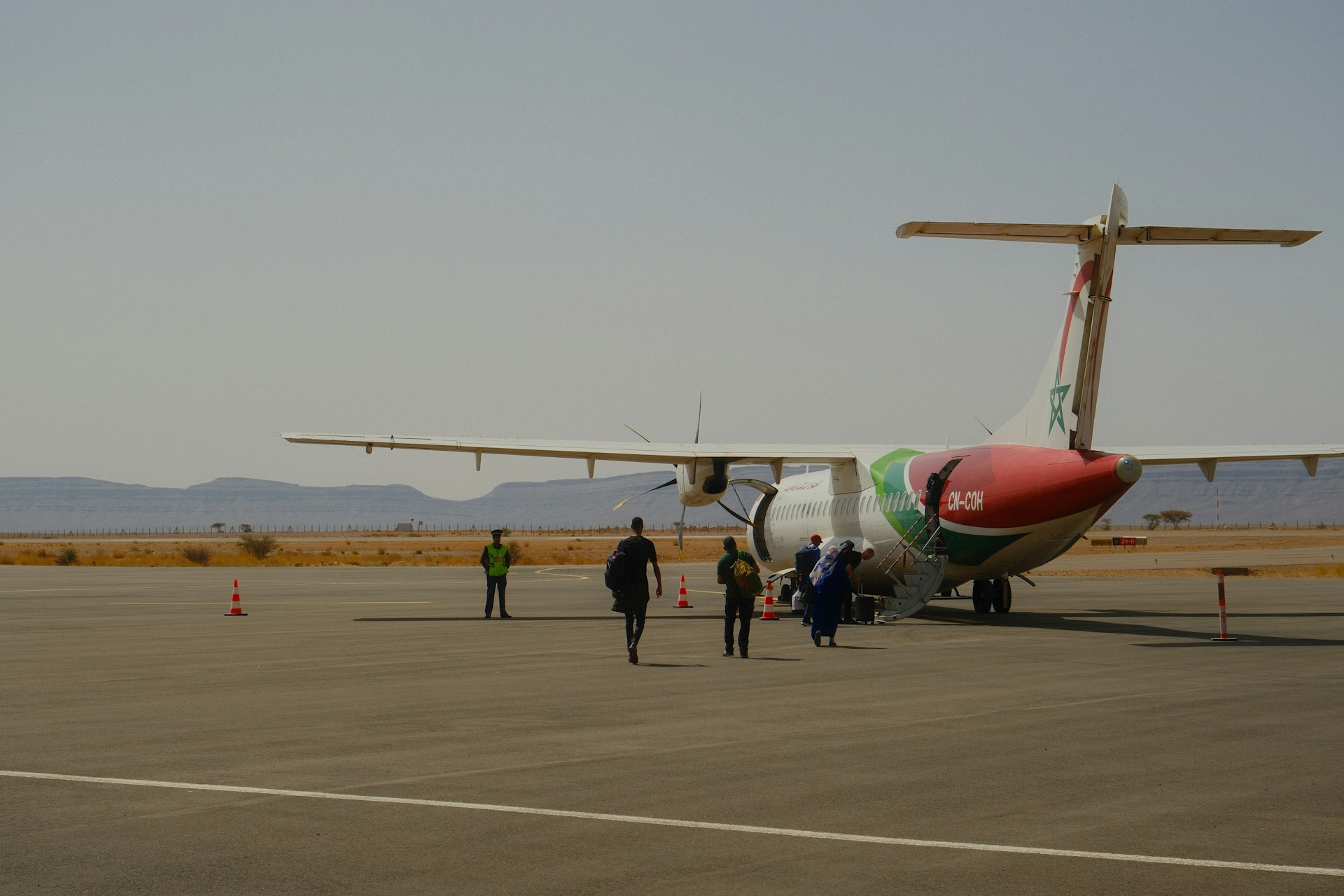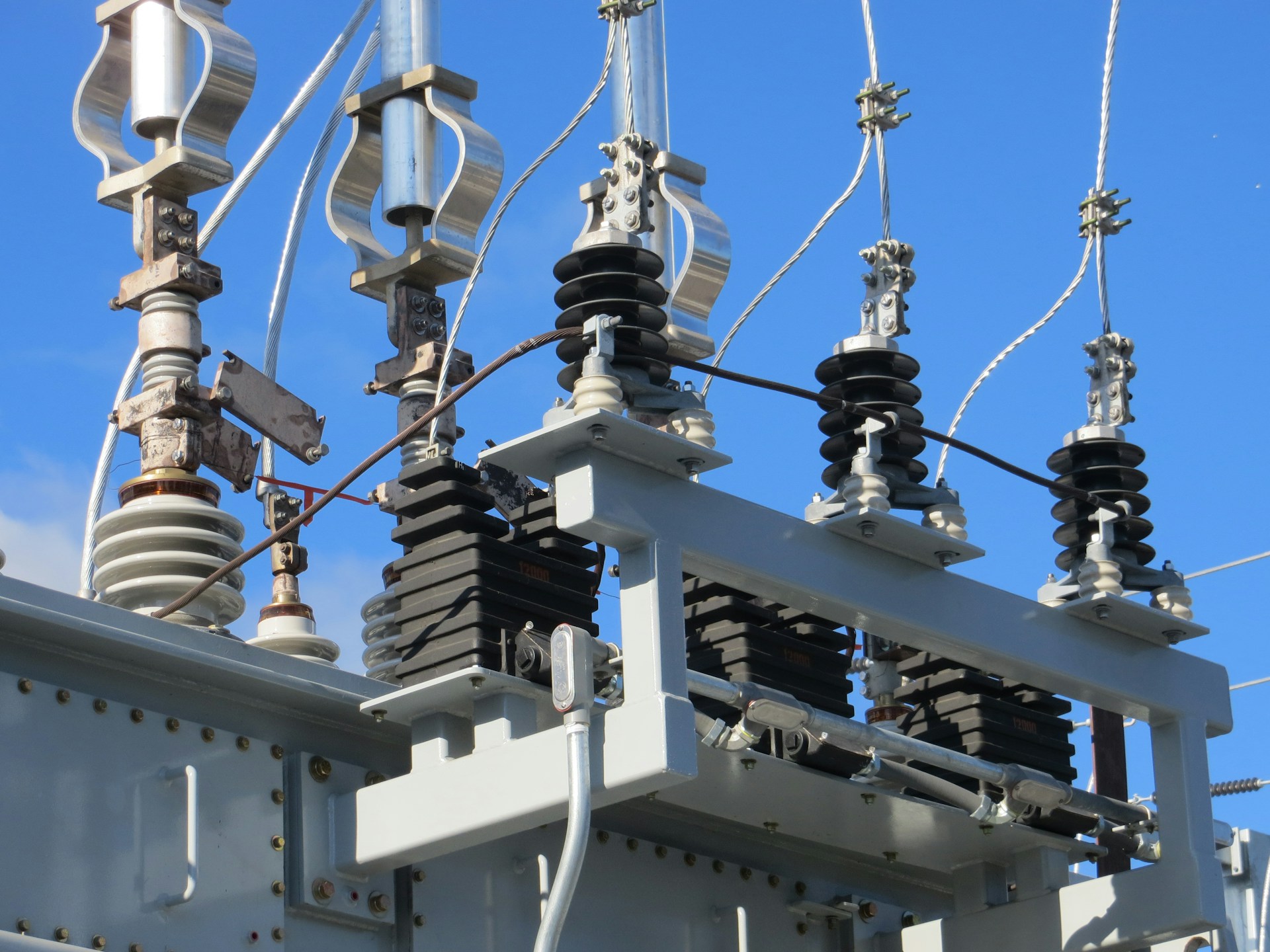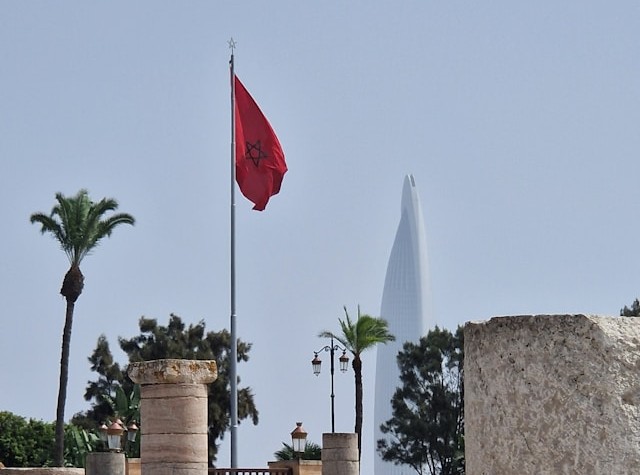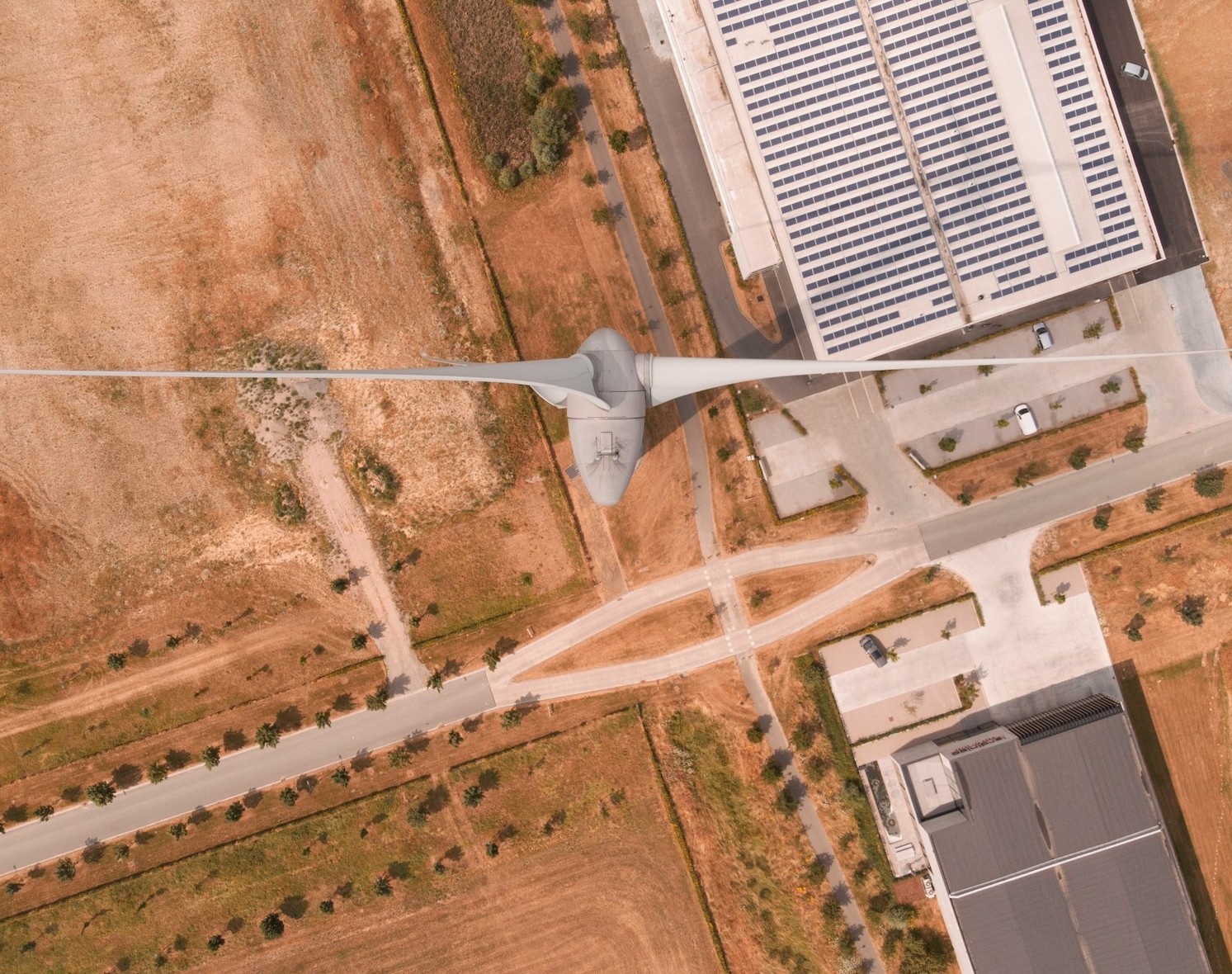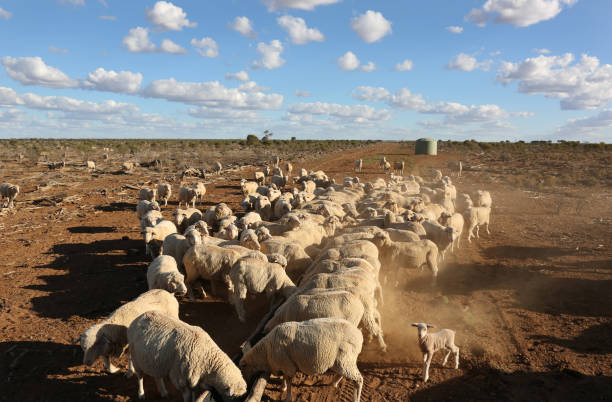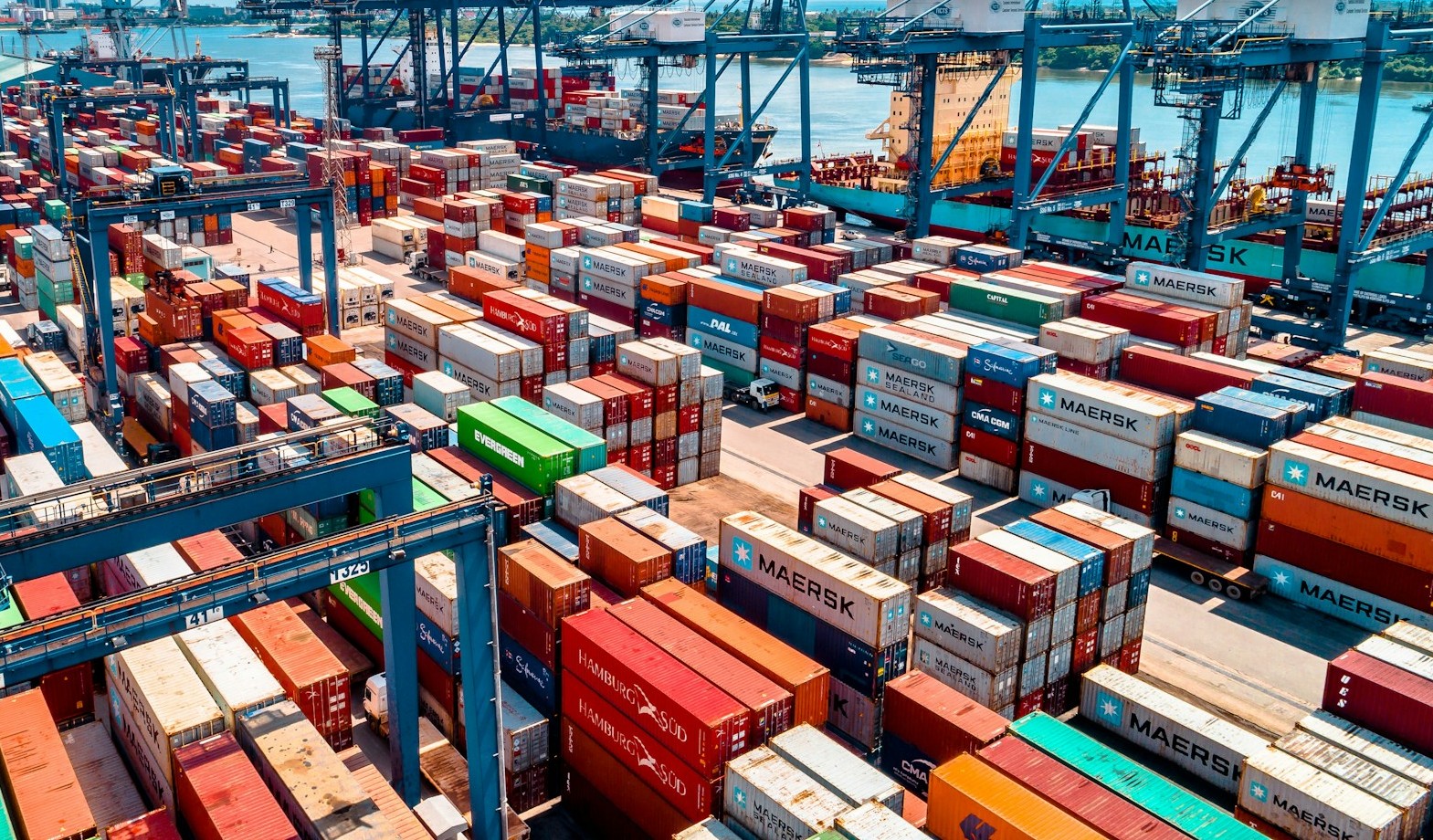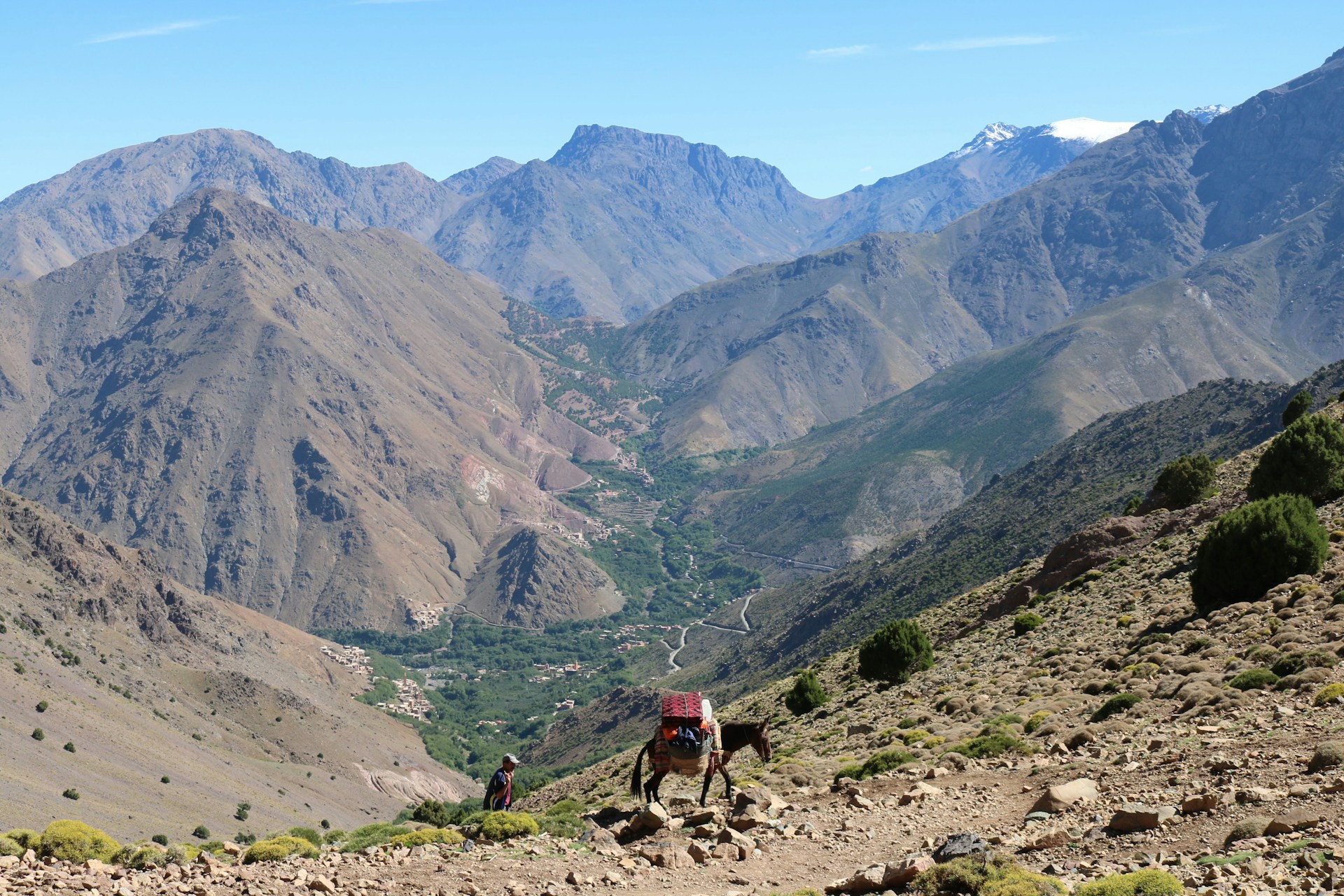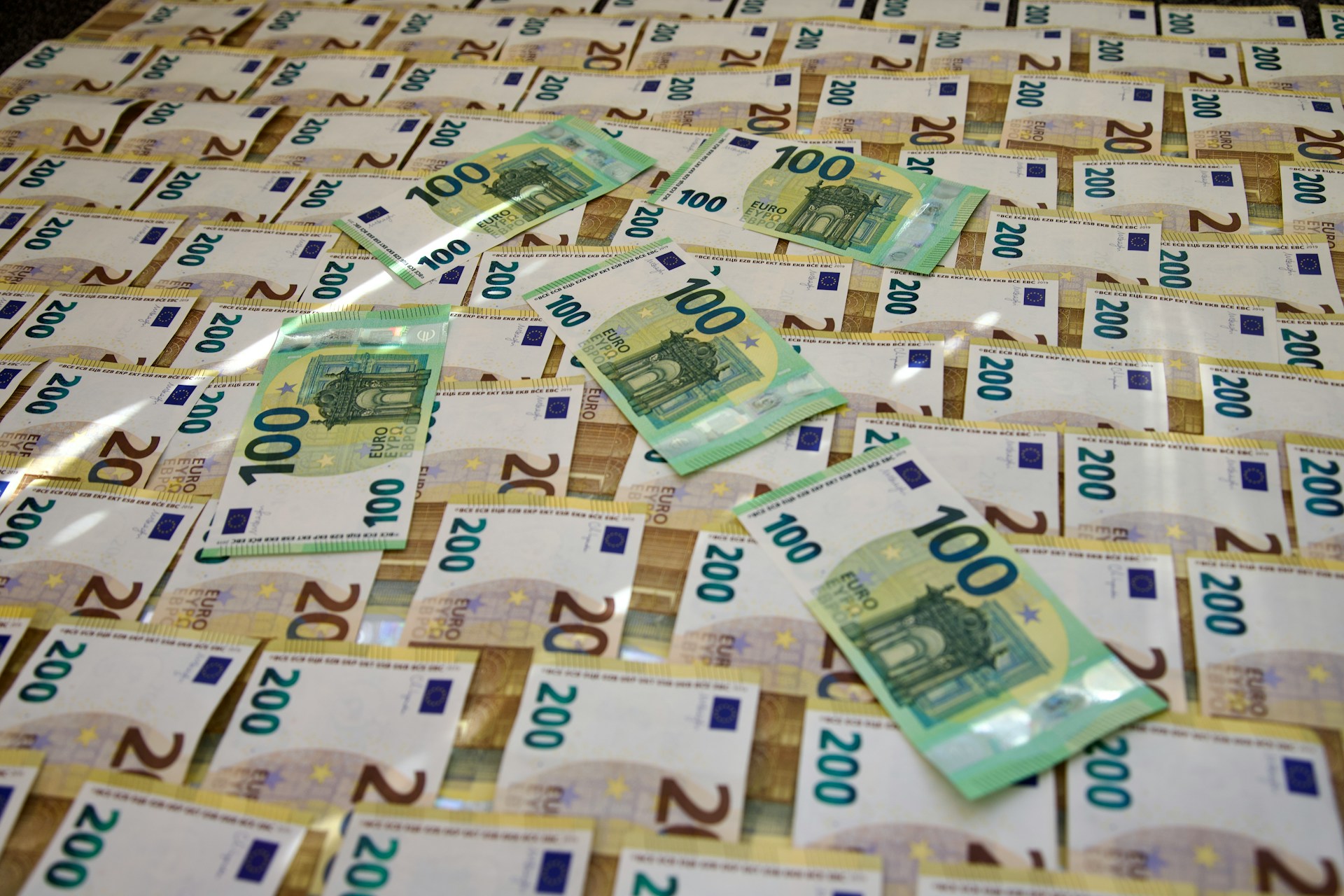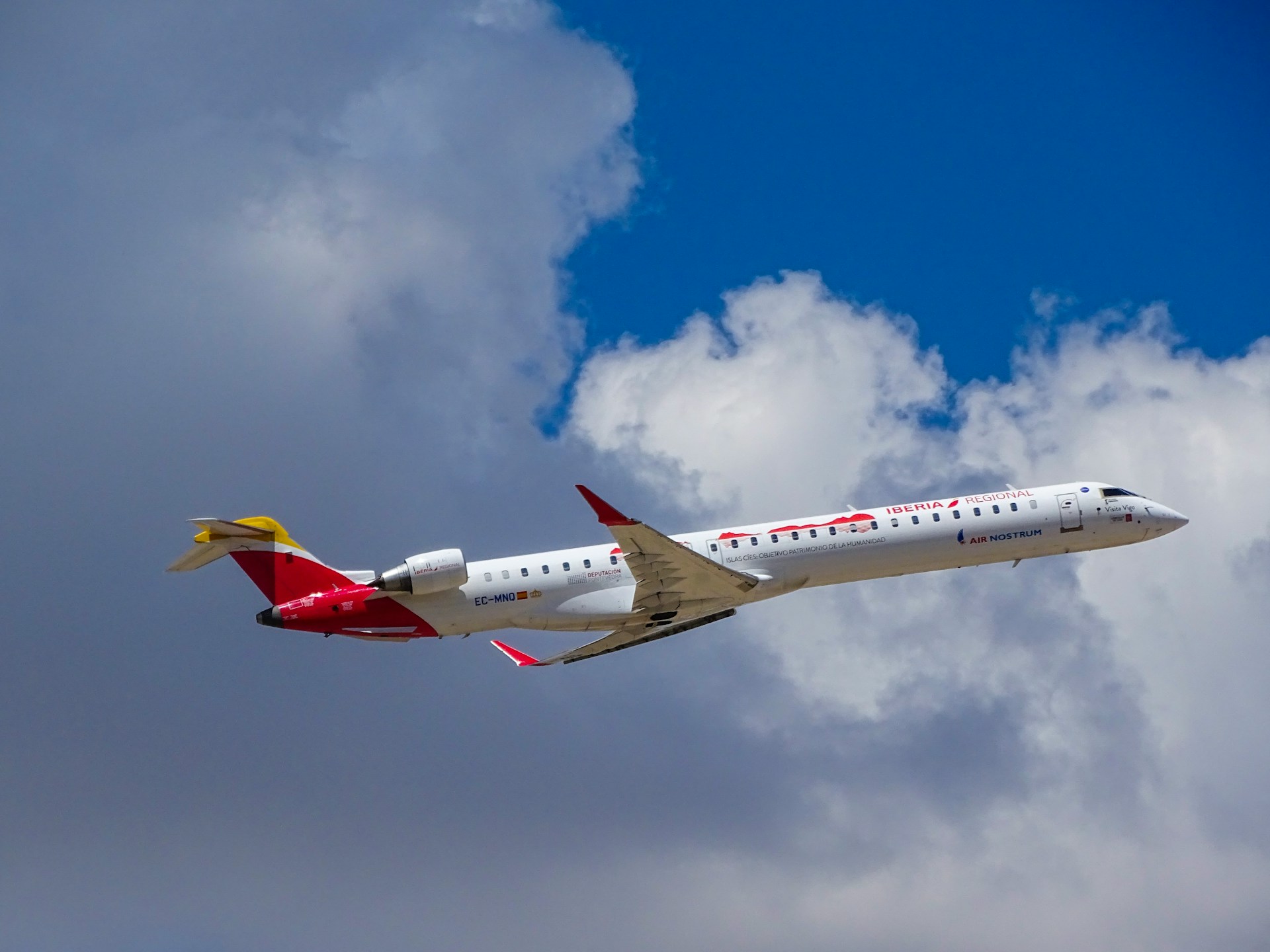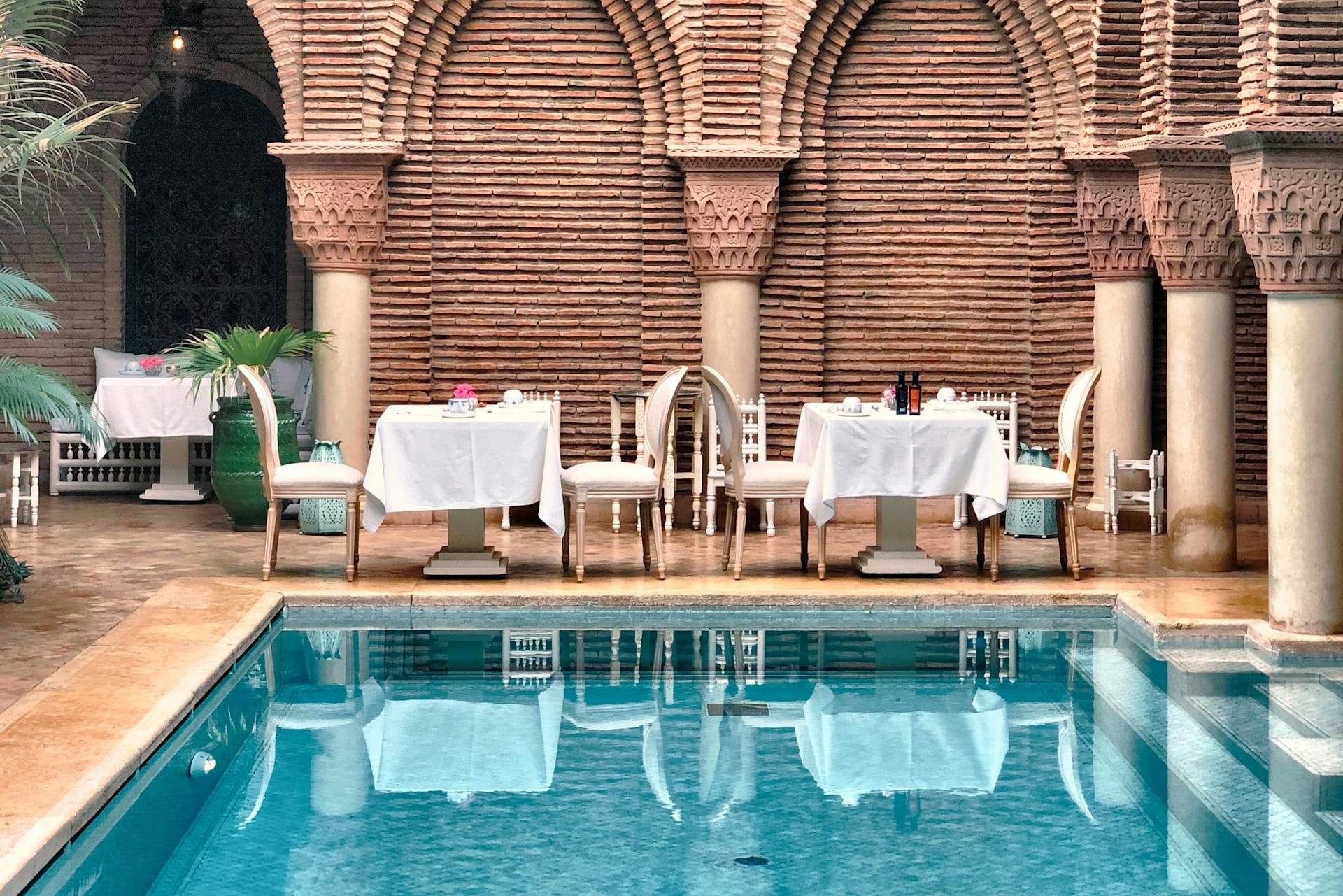Casablanca – Bank Al-Maghrib (BAM), Morocco’s central bank, has opted to keep its benchmark interest rate unchanged at 2.25% during its second quarterly meeting of the year, signaling confidence in the country’s macroeconomic trajectory despite persistent global uncertainties. The decision follows a comprehensive review of national and international economic indicators and comes amid clear signs of slowing inflation and a robust recovery in non-agricultural sectors.
Global and domestic backdrop
The central bank’s monetary policy stance reflects a careful balancing of internal progress with heightened international risks. The global economic outlook remains clouded by major geopolitical tensions, including the wars in Ukraine and the Middle East, as well as trade policy shifts in the United States. These dynamics have contributed to a global slowdown, which BAM expects will help further ease global inflationary pressures.
Domestically, Morocco continues to show resilience. The country’s economy expanded by 3.8% in 2024, and according to BAM’s updated projections, is expected to grow by 4.6% in 2025 and 4.4% in 2026. This acceleration is being driven in part by strong investment in infrastructure and climate resilience, especially in the run-up to major international events anticipated in the next five years.
Inflation in decline
One of the most notable trends guiding the central bank’s decision is the marked slowdown in inflation. After averaging 2% in the first quarter of 2025, inflation fell to 0.7% in April and further to 0.4% in May. This deceleration is largely attributed to falling food prices, especially for fresh meat.
BAM projects annual inflation to average around 1% in 2025 and to rise moderately to 1.8% in 2026. Core inflation, which excludes volatile food and energy prices, is expected to follow a similar pattern. Nonetheless, the central bank acknowledged that inflation remains vulnerable to several risk factors, including climate-related disruptions to agricultural output and the evolution of global trade and geopolitical tensions.
External accounts strengthening
Morocco’s external sector is expected to remain resilient over the medium term. Exports are forecast to grow by 5.1% in 2025 and by 9% in 2026. This growth will be largely fueled by increased sales of phosphate and derivatives, with earnings from this sector projected to reach approximately $11 billion in 2026.
On the other hand, the automotive sector—which has become a cornerstone of Moroccan industry—is expected to remain flat in 2025 due to weak demand in European markets. However, a strong rebound is forecast for 2026, with automotive exports projected to reach $19.4 billion.
Imports are also expected to rise—by 5.1% in 2025 and 7% in 2026—driven mainly by capital goods and equipment. The country’s energy import bill is projected to decline to around $9.9 billion by 2026.
Tourism revenues are forecast to hit $13.2 billion in 2026, while remittances from Moroccans living abroad—after a decline in 2025—are expected to recover to $12.5 billion in 2026. As a result, Morocco’s current account deficit is expected to remain contained, hovering around 2% of GDP in both 2025 and 2026.
Foreign direct investment (FDI) is set to maintain a positive trajectory, rising to 3.5% of GDP by 2026. At the same time, official foreign exchange reserves are projected to reach $42 billion by the end of 2025 and $43.7 billion by the end of 2026, enough to cover approximately 5.5 months of imports.
Monetary and fiscal dynamics
Bank liquidity conditions are also expected to improve. The liquidity deficit, which stood at $12.6 billion at the end of 2025, is anticipated to widen slightly to $14.4 billion by the end of 2026. Nonetheless, credit to the non-financial sector is projected to grow by more than 6% annually in 2025 and 2026, compared to an average of 2.7% over the previous two years.
Meanwhile, the Moroccan government continues to manage its public finances cautiously. Budget revenues grew by nearly 17% in the first four months of 2025, primarily due to higher tax receipts. However, expenditures rose by 23.6% over the same period, driven by both current spending and public investment. As a result, the budget deficit is expected to remain stable at 3.9% of GDP in 2025 before narrowing to 3.4% in 2026.
Outlook remains cautiously optimistic
Despite a complex global environment, Morocco’s economic fundamentals remain sound. Bank Al-Maghrib’s decision to hold rates steady reflects both confidence in the country’s macroeconomic stability and prudence in the face of ongoing global and domestic uncertainties. With inflation under control, a strong investment pipeline, and stable external accounts, the central bank appears well-positioned to support growth while safeguarding price stability over the medium term.
